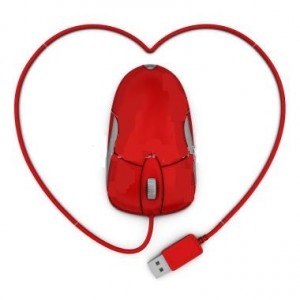A recent book, Drunk Tank Pink, by a New York University professor of marketing looks at, among other things, how colour affects the way people behave, think and feel. Somewhat intriguingly, the book’s findings suggest that the colour red gets the most positive responses from people in pretty much every example.
A survey of men, asked about pictures presented of women, showed them more likely to find a woman attractive, ask her out and even be prepared to spend more money on them if they were wearing red.
A French study tested the theory by digitally changing the colour of women’s t-shirts every two weeks and mapping the results. The breakdown of results showed that when they had red tops, those women generated twenty one percent of the messages on the site, as opposed to the average of fifteen percent received when they wore green, blue, white, black or yellow.
A number of other researchers have come up with similar findings, leading to the conclusion that if a woman wears something red in the photo they use for their online dating profile, she is demonstrably more likely to get more dates and messages than someone wearing any other colour.
The reason for this increase in attraction links into the long association in the human mind of the colour red with love, lust and sex. You’ve only got to think of the red of a Valentine’s Day heart or the terms red-light district or scarlet woman. It’s part of the global culture now to generally associate the colour red with passion – and this all comes from our biology. At a subconscious level, we all know that people, just like animals, tend to get flushed when they are aroused – and the sight of a woman in a red dress sends out subliminal cues that suggest that she is fertile and open to being approached.
The book’s author, Alan Alter, says that the message couldn’t be any simpler. If you are looking to attract someone of the opposite sex, a red dress or red shirt gives you a slight romantic advantage, even if only for that initial contact.
Food for thought, eh?

